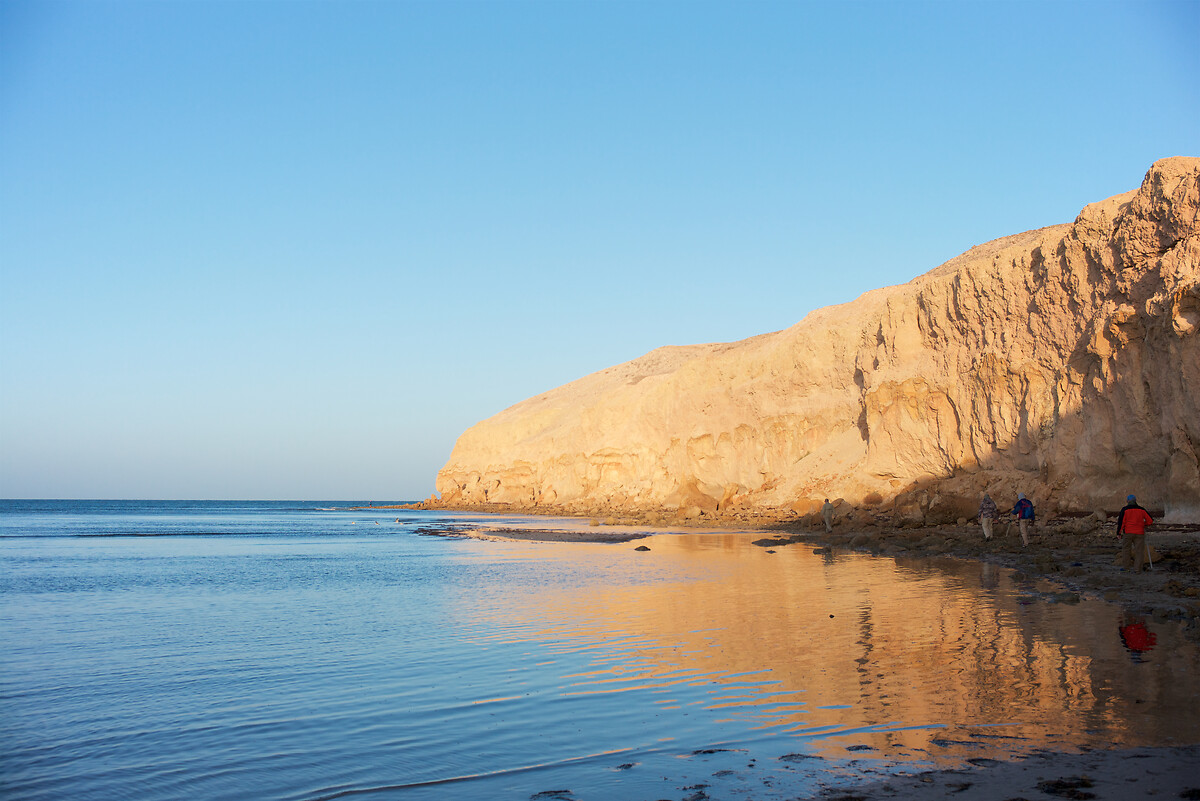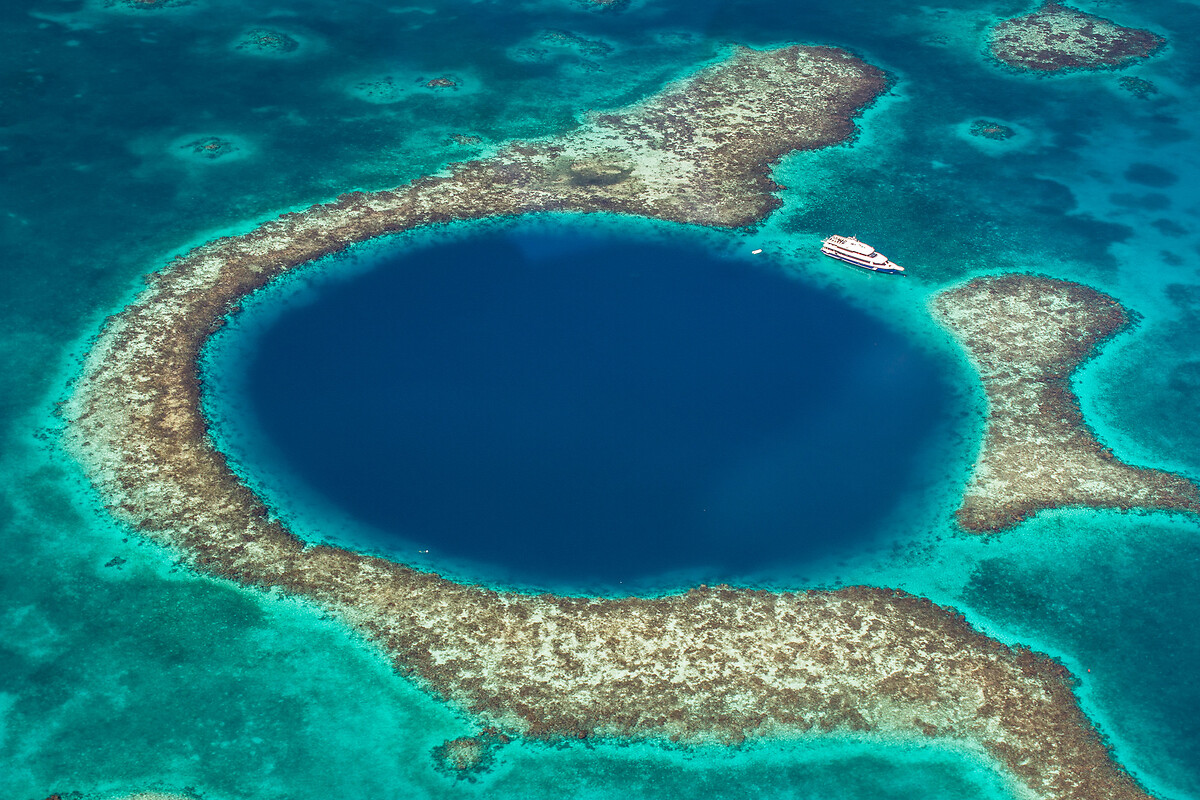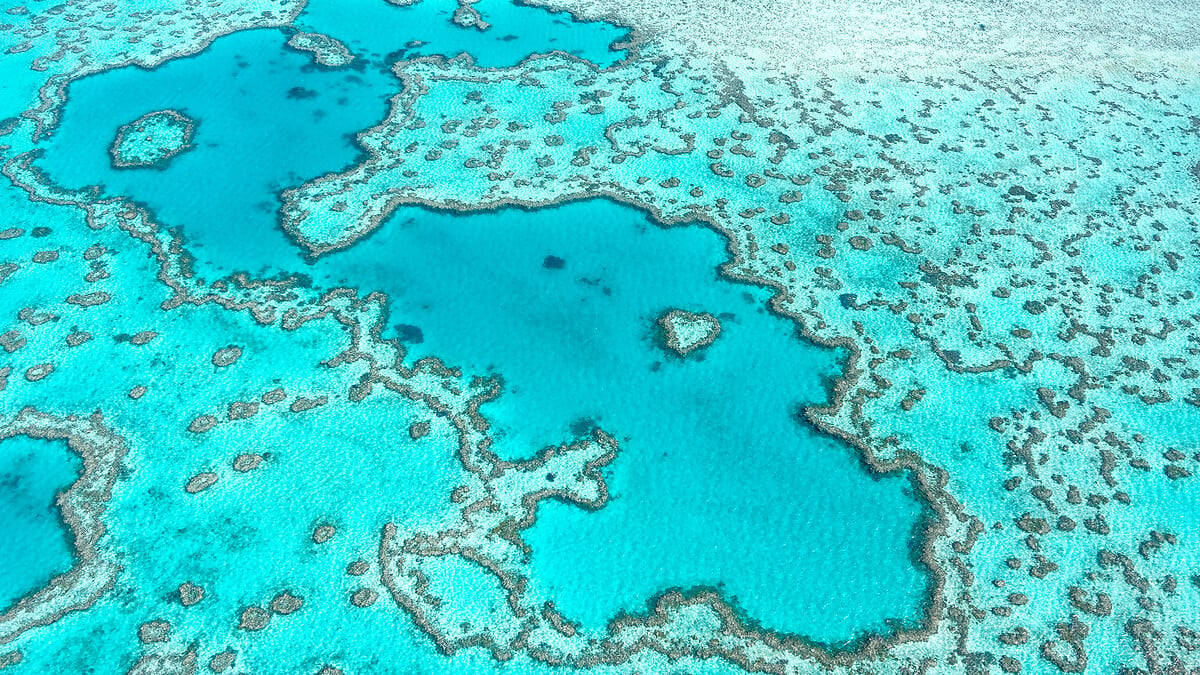> Tags: Marine protected area, Payments for ecosystem services
> Themes: Biodiversity, Finance
> Region: Africa
> Countries: Mexico, Seychelles
> Last updated: 04 June 2020
Download PDFPolicy in practice
Payments for ecosystem services (PES) programmes are being introduced to conserve marine and coastal ecosystems. Based on the beneficiary-pays approach, those who would benefit from the enhanced provision of ecosystem services (i.e. above that of the status quo) can pay resource owners or managers to change their management practices so as to incentivise higher (or additional) ecosystem service provision. Potential buyers may include the fishing, tourism, recreation and marine renewable energy industries; municipalities and governments; and so forth. For example, local hotels and tourism operators could pay for reef conservation due to the benefits associated with decreased beach erosion and species conservation (e.g. for scuba divers).
Tanzania’s Marine Legacy Fund -- a payments for ecosystems (PES) programme -- derives revenues from commercial fishing licences, marine ecotourism revenue sharing, and oil and gas taxation that is used to pay coastal communities for conservation and to finance some operational expenses.
PES programmes also show potential for involving local communities. The Luis Echeverria community in Mexico is protecting about 48.5 km2 of grey whale habitat in exchange for USD 25 000, used to finance small-scale development and alternative income generation. The government of Seychelles, with co-funding from the Global Environment Fund (GEF), instituted a buyout and retraining programme for tortoiseshell artisans prior to banning commercial sales.
Key policy message
A suite of financing instruments and approaches - including novel financing sources such as Payments for ecosystems (PES) programmes - can be used to help cover the costs of Marine Protected Areas.



